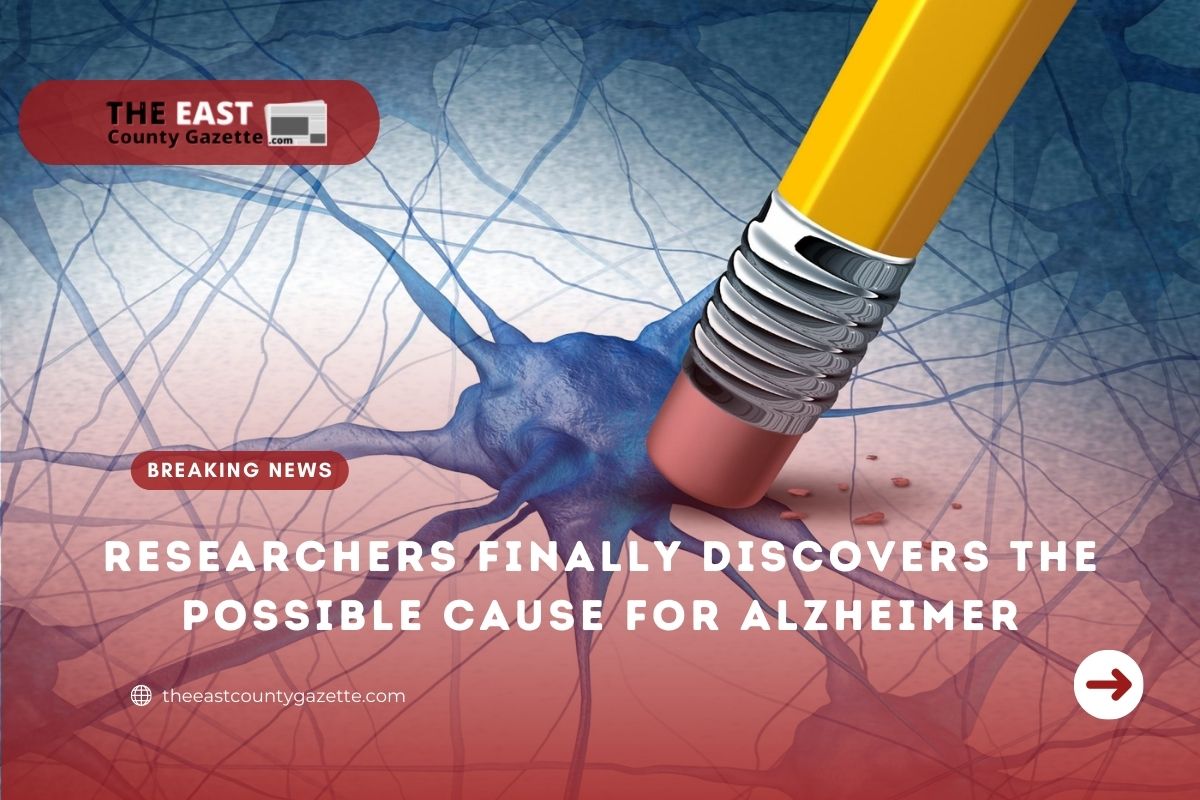Alzheimer’s disease is generally believed to be caused by plaques in the brain.
Researchers at the University of California, Riverside have found that a slowing ability of cells to clean themselves could be responsible for the buildup of harmful brain cells.
A diagnosis of Alzheimer’s is made when amyloid plaques and neurofibrillary tangles are found in the brain in addition to signs of dementia. Amyloid plaques build up from peptides, while tau formed the tangles from a protein.
“Roughly 20% of people have the plaques, but no signs of dementia,” Ryan Julian, UCR Chemistry Professor, said.
“This makes it seem as though the plaques themselves are not the cause.”
To discover these unstudied aspects of tau, Julian and his colleagues conducted research. Their aim was to better understand how plaques and tangles form by examining both closely.
Read More: What’s behind the motivation for a fourth stimulus check
The Scientists were able to distinguish between people who did not display outward signs of dementia and those who did by analyzing a key but the difficult-to-detect difference in tau levels. Recently, The Journal of Proteome Research has now published these findings by scientists.
Julia’s lab studies are focused on how molecules can take on different shapes, known as isomers.
“An isomer is the same molecule with a different three-dimensional orientation than the original,” Julian expressed.
“A common example would be hands. Hands are isomers of each other, mirror images but not exact copies. Isomers can actually have a handedness.”
Proteins can be made up of right-handed or left-handed amino acids. According to Julian, in living organisms, usually, proteins are made from left-handed amino acids.
As part of this study, a number of protein scans were carried out on donated brain tissue samples.
Among those with brain build-ups but no dementia, normal tau was prevalent.
Meanwhile, different forms of tau were discovered in people who develop plaques or tangles and those who develop dementia.
It takes the body under 48 hours for most proteins to reach their half-life. The protein can, however, become the other-handed isomer if it hangs out long enough.
“If you try to put a right-handed glove on your left hand, it doesn’t work too well. It’s a similar problem in biology; molecules don’t work the way they’re supposed to after a while because a left-handed glove can actually convert into a right-handed glove that doesn’t fit,” Julian explained.
People over 65 generally experience a slow down in the process of clearing out dead or damaged cells, known as autophagy. Julian’s laboratory plans to study this, but it is unclear why.
The good news is that drugs that improve autophagy are already being investigated. It may be possible to speed up the approval process by using some drugs that are already authorized for cardiac diseases and other ailments.
Fasting is capable of inducing autophagy. A cell’s need for proteins is filled if it recycles proteins already in the cell to fill the void. Autophagy is also increased by exercise.
In the end, medication therapies may prevent the disease as well as these measures.
“If a slowdown in autophagy is the underlying cause, things that increase it should have the benefit, opposite effect,” Julian added.

